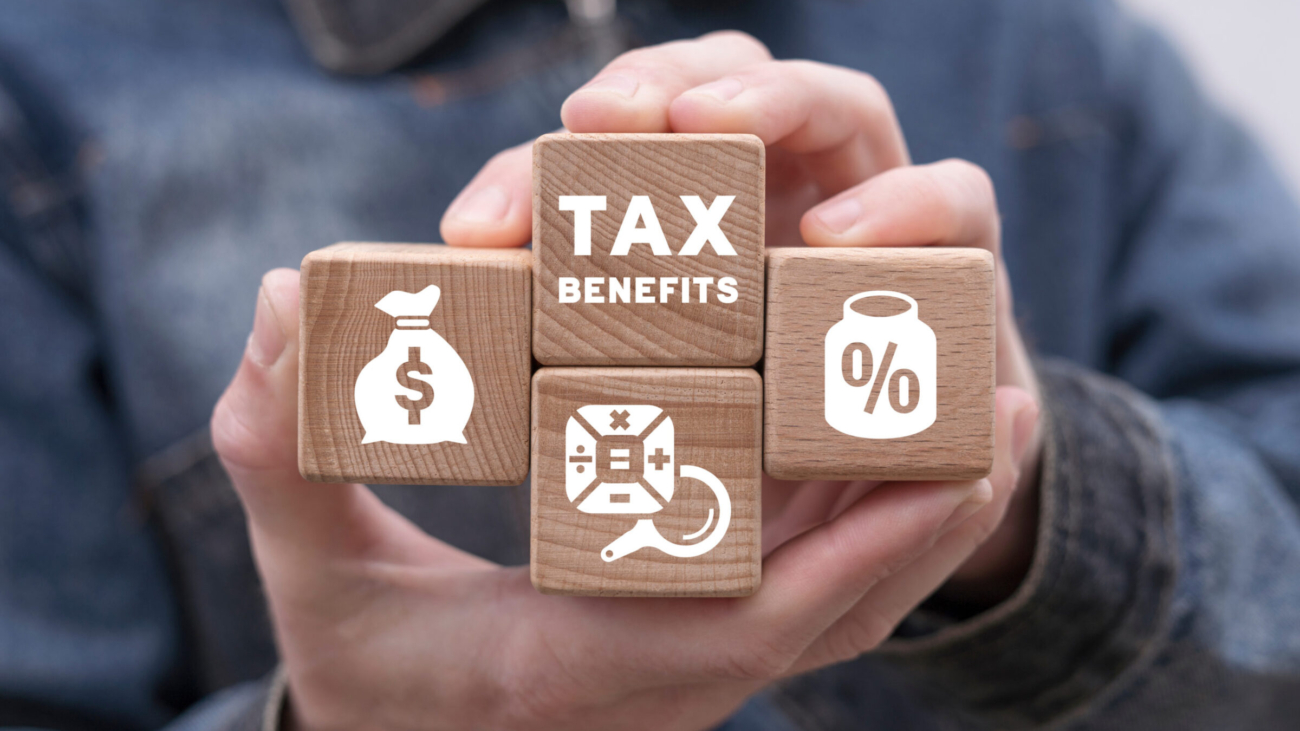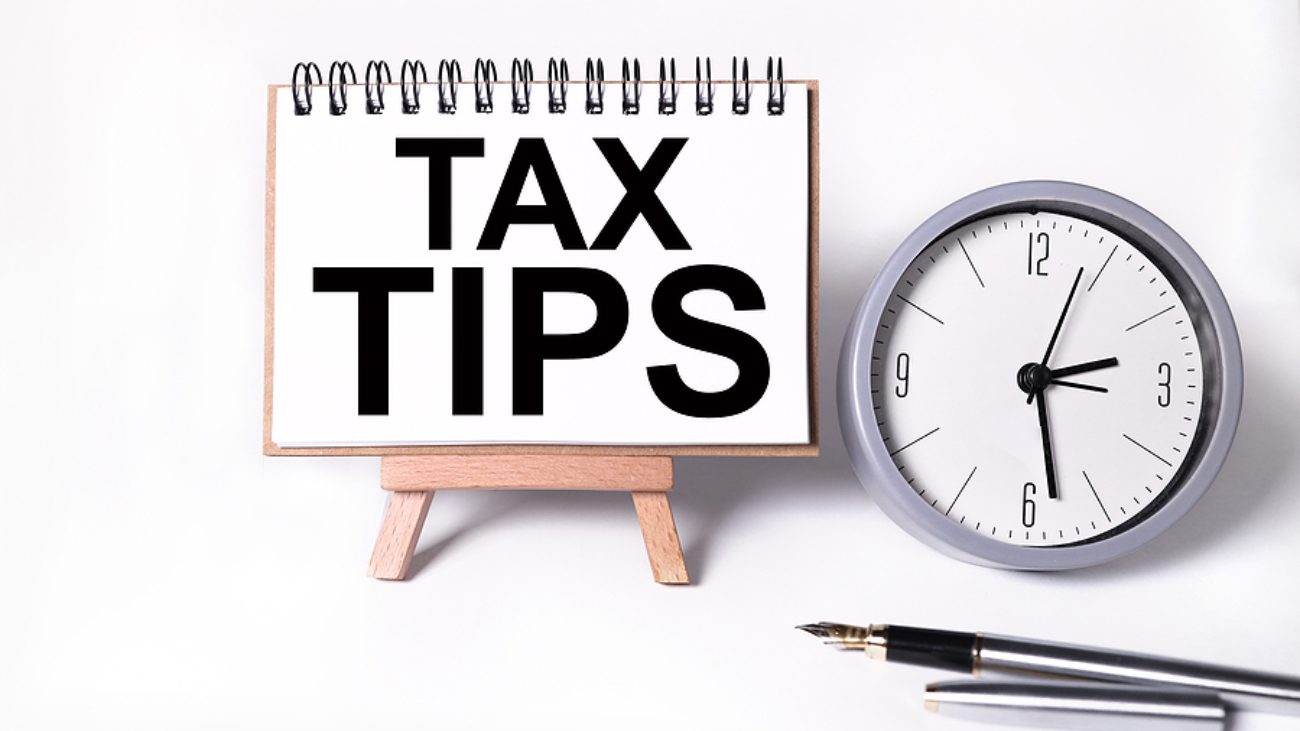Day trading, the practice of buying and selling financial instruments within the same trading day, has gained significant popularity in recent years. With the rise of online trading platforms and increased market volatility, more individuals are drawn to the potential profits of day trading. However, along with the potential for financial gain comes a complex web of tax implications. Understanding these tax issues is crucial for anyone considering or currently engaged in day trading. This article explores who qualifies as a day trader, the pros and cons of day trading from a tax perspective, and other noteworthy tax considerations.
Who Qualifies as a Day Trader?
Merely calling oneself a day trader isn’t sufficient for tax purposes. To be recognized as a day trader for tax purposes, individuals must meet specific criteria set by the Internal Revenue Service (IRS). The IRS does not have a formal designation for day traders, but it does provide guidelines to determine if a taxpayer qualifies for trader tax status (TTS). Meeting these criteria can offer significant tax advantages, but it requires adherence to strict guidelines:
Substantial Activity – The individual must engage in substantial trading activity. This typically means executing trades on most trading days, with a high volume of trades. The IRS looks for consistency and frequency in trading activities.
Intent to Profit – The primary purpose of the trading activity must be to profit from short-term market fluctuations, rather than long-term investment gains. According to the IRS, a trader must keep detailed records to distinguish the securities they hold for investment from the securities in the trading business. To do this, the trader must identify the securities being held for investment in their records on the day the trader acquires them (for example, by holding them in a separate brokerage account).
Regularity and Continuity – Trading should be regular and continuous. Sporadic or occasional trading does not qualify.
Time Devoted – A significant amount of time must be devoted to trading activities. This often means spending several hours each day monitoring the markets and executing trades.
Business Setup – While not a strict requirement, having a dedicated office space and maintaining detailed records can support a claim for trader tax status.
Pros of Day Trading from a Tax Perspective
Mark-to-Market Accounting: One of the primary benefits of qualifying for trader tax status is the ability to elect mark-to-market (MTM) accounting. This method allows traders to treat all gains and losses as ordinary income, which, with respect to losses, can be advantageous for offsetting other income. Additionally, MTM accounting eliminates the need to track individual trade dates for tax purposes, simplifying record-keeping.
Deductible Expenses: Day traders with TTS are considered by the IRS to be operating a business, and therefore, can deduct a wide range of business expenses, including home office costs, educational materials, software, and internet fees. These deductions can significantly reduce taxable income. Generally, these expenses are reported on Schedule C (sole proprietor). Gains and losses from selling securities are not self-employment income for purposes of the SE Tax.
Avoiding the Wash Sale Rule: The wash sale rule, which disallows a loss deduction if a substantially identical security is purchased within 30 days before or after the sale, does not apply to traders using MTM accounting. This can be a significant advantage for active traders who frequently buy and sell the same securities.
Retirement Account Contributions: Traders with TTS can contribute to retirement accounts like SEP IRAs or Solo 401(k)s, potentially reducing taxable income while saving for retirement.
Self-Employment Tax: Day traders with TTS are not subject to self-employment tax (Social Security and Medicare taxes) on their gains and losses from selling securities, while this saves tax on the current tax return, it means that the day trader isn’t accumulating an earnings record needed by the Social Security Administration to calculate Social Security benefits at retirement. Thus to some it might belong in the Con category.
Cons of Day Trading from a Tax Perspective
Complexity and Scrutiny: Qualifying for trader tax status requires meeting stringent criteria and maintaining meticulous records. The IRS may scrutinize claims for TTS, leading to potential audits and disputes.
Ordinary Income Tax Rates: While MTM accounting allows for the deduction of losses, it also means that gains are taxed at ordinary income rates, which can be higher than long-term capital gains rates.
Loss Limitations: Without TTS, traders are subject to capital loss limitations, which restrict the amount of losses that can be deducted against other income. This can be a disadvantage in years with significant trading losses.
Other Noteworthy Tax Considerations
State Taxes: In addition to federal taxes, day traders must consider state tax implications. Some states have unique tax rules for traders, and state tax rates can vary significantly.
Record-Keeping: Accurate and detailed record-keeping is essential for day traders. This includes maintaining records of all trades, expenses, and other relevant financial activities. Good record-keeping practices can help support claims for deductions and trader tax status.
Tax Software and Professional Assistance: Given the complexity of tax issues related to day trading, many traders benefit from using specialized tax software or consulting with tax professionals who have experience with trader tax issues.
International Considerations: For traders operating in multiple countries or trading international securities, additional tax considerations may apply. This includes understanding tax treaties, foreign tax credits, and reporting requirements for foreign accounts.
Tax Planning Strategies: Effective tax planning can help day traders minimize their tax liabilities. This includes timing trades to optimize tax outcomes, utilizing tax-advantaged accounts, and exploring entity structures like trading partnerships or S-corporations.
Day Trader Election
The day trader election refers to the process by which a taxpayer elects to use the mark-to-market (MTM) accounting method for tax purposes. This election is significant for those who qualify as day traders, as it affects how their trading activities are taxed.
Making the Election: To make the MTM election, a taxpayer must file a required statement with their federal income tax return. This statement must be filed no later than the due date (without regard to extensions) of the original federal income tax return for the tax year immediately preceding the “election year.” For example, to apply the election to the 2025 tax year, the election must have been made by April 15, 2025.
Tax Issues After Making the Election: Once the MTM election is made, the taxpayer must recognize gain or loss on any security held in connection with their trade or business at the close of any tax year as if the security were sold for its fair market value on the last business day of the tax year. The gain or loss is then taken into account as ordinary income or loss, and the wash sale rules do not apply. Gains and losses are reported on Form 4797 instead of Schedule D/Form 8949.
Day trading offers the potential for significant financial rewards, but it also comes with a complex set of tax implications. Understanding who qualifies as a day trader, the pros and cons of day trading from a tax perspective, and other key considerations is essential for anyone involved in this high-stakes activity.
By seeking professional guidance, day traders can navigate the tax landscape effectively, maximizing their profits while minimizing their tax liabilities. As with any financial endeavor, careful planning and diligent record-keeping are crucial to success in the world of day trading. Contact our office for assistance.








